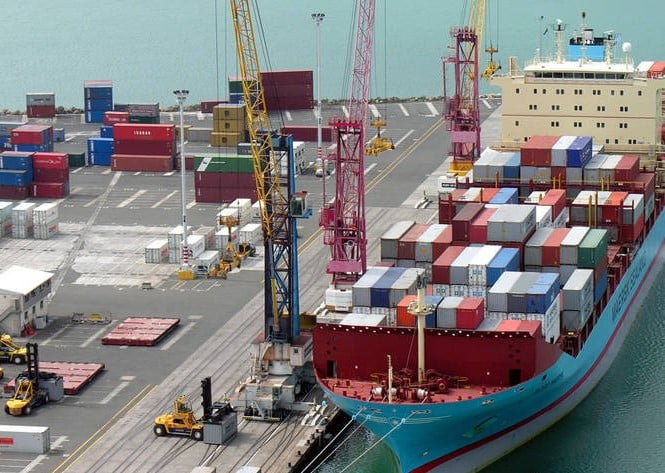
Importing is a good way to sell products normally unavailable in your country to your local consumers. In some instances, it may even be cheaper to source your products overseas than it would be if you tried to get them locally. For example, a bag in China may cost RM30 but in Malaysia it could cost up to RM300.
Importing goods to Malaysia is certainly the way to go if you want more affordable products (depending on what said products are of course). So how should you start importing? Let’s break it down into several parts:
How should I start?
First off, you must know that importing is not an easy task especially if you are new to it. The process can be confusing, complex and costly. You can expect a lot of surprises to happen during this endeavor such as unexpected delays in shipment, fluctuating delivery costs and long transit times. If you are ready to face all of that, let’s look at the steps you need to start this journey.
- Identify your import rights.
Before you start importing goods to Malaysia, you must establish your right. You can do this by registering with Companies Commission of Malaysia (SSM) and then apply for an import license from the Ministry of International Trade and Industry (MITI).
2. Identify goods you want to import
For this, we suggest you pick products that you are passionate and knowledgeable about, a product that is unique enough to sell at a high price and a product you can ship in large quantities so your shipping cost per unit is lower.
3. Ensure imported goods are permitted in your country.
No point in importing if your goods can’t leave the port. This varies from country to country so you would need to check in with your local customs but for Malaysia, the following are products absolutely not allowed in the country:
- Reproduction of any currency note, bank note, or coin which are currently been issued in any country.
- Indecent printings, paintings, photographs, books, cards, lithographic, engravings, films, video tapes, laser discs, color slides, computer disc and any other media.
- Any device which intended to be prejudicial to the interest of Malaysia or unsuited with peace.
- All genuses of Piranha fish.
- Turtle eggs.
- Cocoa pods, rambutans, pulasan, longan, and nam nam fruits from Philipines and Indonesia.
- Intoxicating liquors containing more than 3.46 milligrams per liter in any lead or in any compound of copper.
- Daggers and flick knives.
- Broadcast receivers capable of receiving radio communication within the ranges (68 – 87) MHz and (108 – 174) MHz
- Sodium arsenate.
- Cloth bearing the imprint or duplicate of any verses of the Quran.
- Pen, pencil, and other articles resembling syringes.
- Poisonous chemical
- Lightning arresters containing radioactive material.
4. Classify your goods and calculate the landed cost.
Determine the 10-digit tariff classification number of every item you are importing. These numbers and the Certificate of Origin determine the duty rate for importing. Look up trade/shipping terms first then calculate the landing cost. You also need to get the product price from the supplier, shipping price from the freight agent and charges from customs clearance, duty & tax and land transport from landing at your warehouse.
5. Find your supplier and place your order.
Once you ordered your goods from your supplier, be sure to ask for a packing list or quote sheet to get the system number, description and value of your items.
6. Arrange your cargo transport.
Since you will be importing goods to Malaysia, you can choose between airfreight or sea freight. Air fright is faster but it is more expensive and only suitable for small goods. Sea freight is more cost saving and can carry both small and large goods but it takes much longer to get to your destination. Look at your budget and consider your options. For example, BGST provides shipping services to almost all over the world, especially shipping China to Malaysia and others.

7. Track your cargo and prepare for its arrival.
When tracking your cargo, remember that it will not update every second of its journey. Much like how you track your parcels from, let’s say, Shopee, you will only get periodic updates from time to time. Though you can ask your freight forwarding agent about the progress, you have to understand that shipping takes time.
8. Obtain your shipment.
When your cargo has arrived to Malaysia, be sure to make arrangements with a customs agent so you can get your cargo cleared and ready for pick up or delivery.
Importing goods to Malaysia is a long arduous process but it can be well worth it in the end once you manage to bring in a good profit from your sales. It takes some risks but you can at least prepare yourself and lessen the damage by doing some studying of your own. If you are hesitant about taking the first steps to importing, let us know how we can help and we will do out best to assist you.

